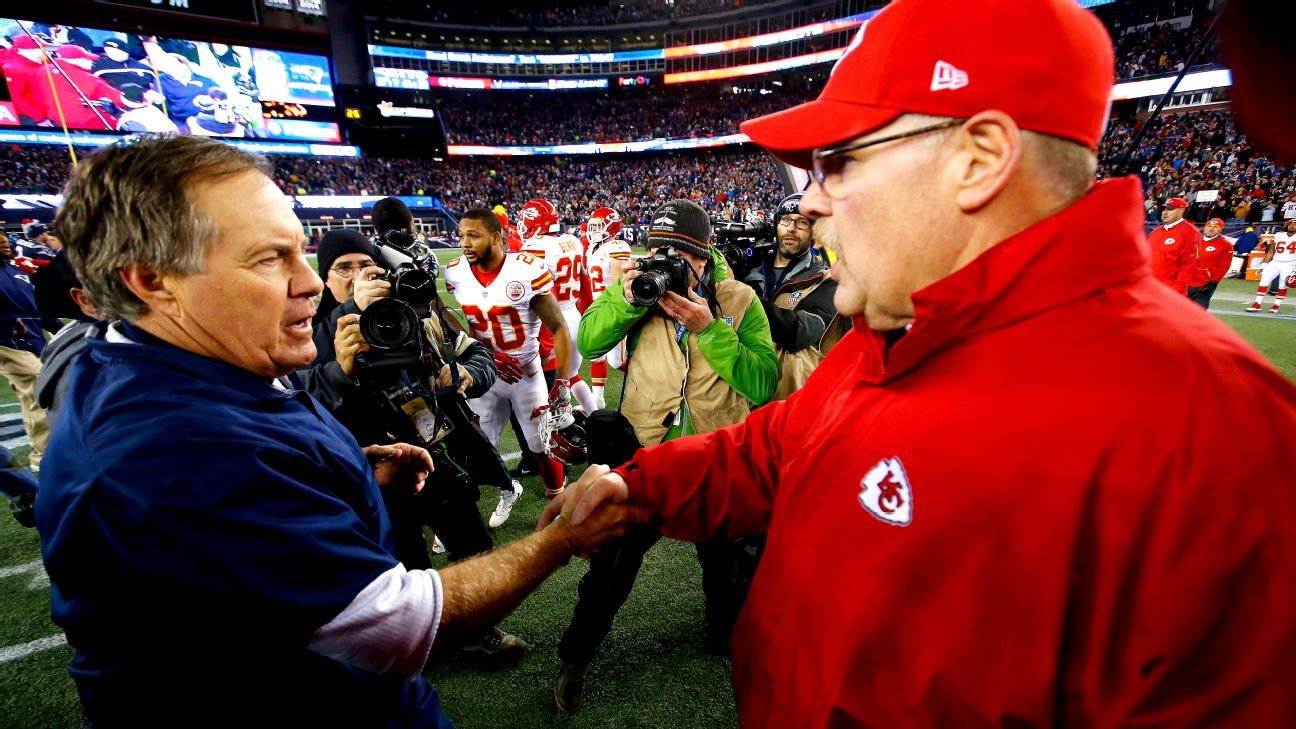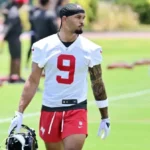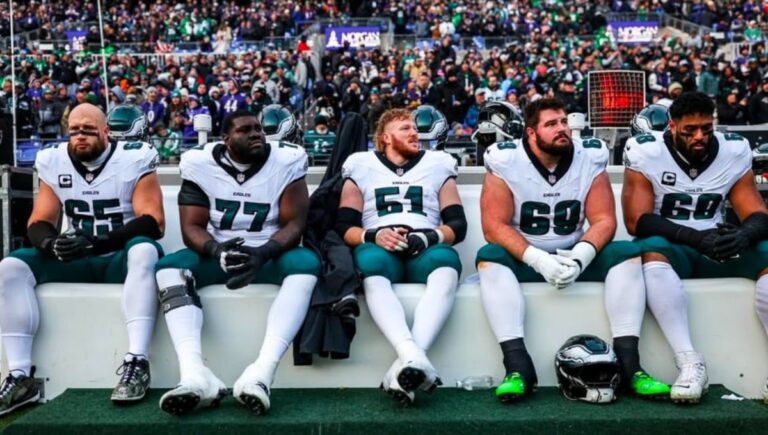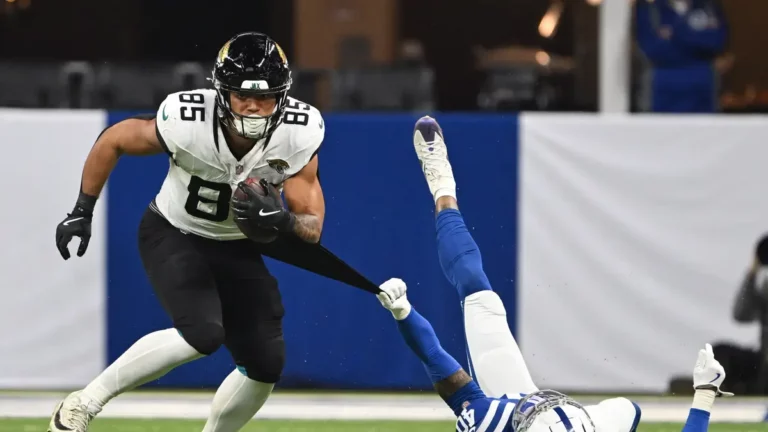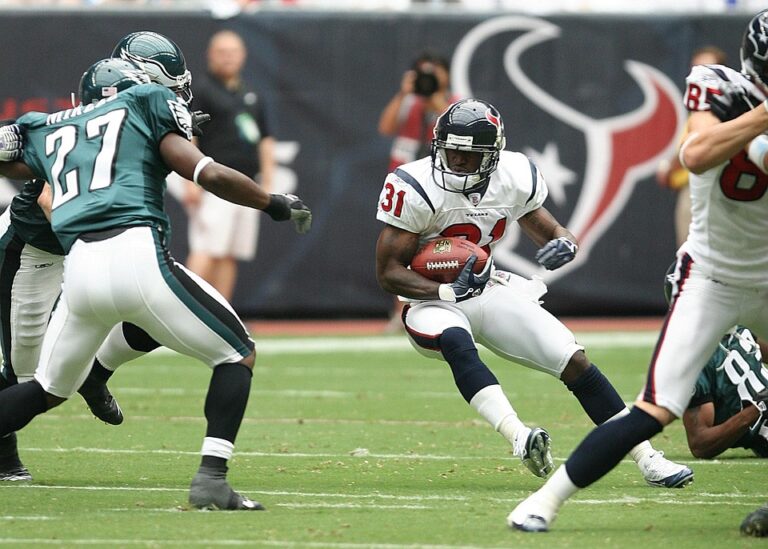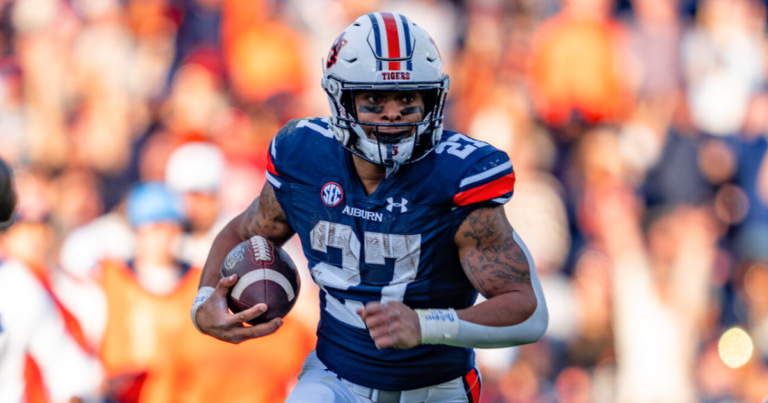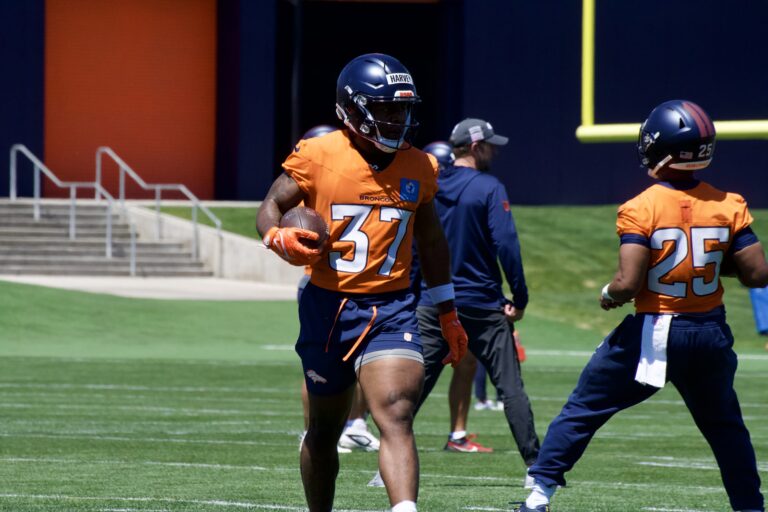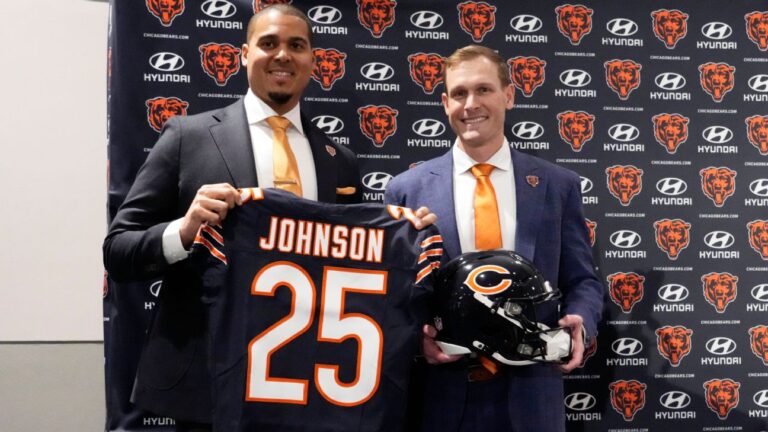Everyone knows that one guy in their fantasy football league: He only offers one-sided trades and thinks you might trade your top-tier running back for his RB4 and backup defense. He always rejects your proposals without explaining why and never actually completes a trade with anyone. Obviously, this is the wrong approach to fantasy football trading, but even experienced players still make mistakes when negotiating trades.
One common line of thinking is that players feel like they have to “win” every trade. They view trading as a zero-sum game. They think they can only benefit from trading by extracting as much value as possible from an opponent while giving back as little value as possible.
This is how most people approach negotiation in both fantasy football and real life. Whether they know it or not, they use a negotiation strategy known as distributive bargaining.
DISTRIBUTIVE BARGAINING
This Economic Times article defines the term very well: Distributive bargaining is a competitive bargaining strategy in which one party gains only if the other party loses something. It is used as a negotiation strategy to distribute fixed resources such as money, resources, assets, etc. between both parties.
Check out this article for a breakdown of common distributive bargaining tactics:
- Play your cards close to your chest – Give little or no information to the other side. The less the other negotiator knows about our interests, the better our position. This can include why we want to make the purchase, our preferences, or the point at which we’d decline the deal. Expressing eagerness or need reveals a weakness that could be exploited.
- The opposite is equally true – Try to obtain as much information from the other side as you can. Any further information uncovered is potential leverage to negotiate a better deal.
- Let the other side know you have options – The only information we should reveal is the fact we have options. This includes other sellers we can purchase from at a competitive price. Reminding the seller of their competition shows our willingness to walk if necessary. It also lets the seller know there will be no negative consequences for us.
Distributive bargaining can be extremely useful in certain situations. Suppose you are trying to negotiate the price of a used car. In that case, you shouldn’t immediately tell the other party exactly the maximum price you are willing to pay, that you have no alternatives, and that you absolutely love the car. You will likely get the car cheaper if you go into the negotiation with a maximum price in mind based on your alternatives and try to negotiate a price below your maximum.
However, fantasy football trades are not quite as simple as negotiating the price of a car. If you negotiate $500 off the price of the car, you are $500 better off than paying full price, and the seller is $500 worse off than selling the car at full price.
In fantasy football, player values are much more subjective, and assets have different values for each manager based on personal preference and team structure. Millions of trade combinations are possible in fantasy, while the final car price will likely fall within a relatively small range. Due to the added complexity, distributive bargaining does not work well in fantasy.
FANTASY FOOTBALL EXAMPLE
Let’s say your league starts with one quarterback and three receivers. Another manager has two top quarterbacks but is struggling at the receiver position. On the other hand, you are streaming quarterbacks every week but have four solid receivers.
INTEGRATIVE BARGAINING
Rather than trying to take as much value as possible from the other party, like in distributive bargaining, integrative bargaining involves working together to create the most value possible for all parties. Both parties share and understand each other’s interests to develop a mutually beneficial solution. Integrative bargaining works better for complex issues with many possible outcomes, like fantasy trading.
Here are some key integrative bargaining elements from the same article:
- Multiple Issues – Integrative negotiations usually involve many issues that are up for discussion. Each side wants to get something of value while trading something of lesser value. In contrast, distributive negotiations generally revolve around the price or a single issue.
- Sharing – To understand each other’s situation, both sides should share as much information as possible. This helps each side understand the other’s interests. You can’t solve a problem without knowing the parameters. Cooperation is essential.
- Problem Solving – Find solutions to each other’s problems. For example, offer something valuable to the other side that is of lesser value to you. If you can make this trade while realizing your goal, you have integrated your problems into a positive solution.
Another huge benefit of integrative bargaining is creating a positive relationship between both parties. This is critical because building trust will make negotiating future deals easier if you play with the same group of people for many years. Even if you successfully use distributive bargaining tactics to fleece another owner once, the rest of the managers in your league will notice and will be less likely to trade with you in the future.
HOW TO USE INTEGRATIVE BARGAINING IN FANTASY
Now that you understand the differences between distributive and integrative bargaining, you probably wonder how to use integrative bargaining to your advantage when trading. Most importantly, you must share information with other managers. You can’t work with another manager to create value in a trade without knowing each other’s goals.
Fantasy players of all experience levels often send unsolicited trade offers without knowing what the other team wants. Nearly every unsolicited trade offer is either declined or ignored, with little information exchanged between managers, so this approach does not fit well with integrative bargaining.
Instead of starting with a trade offer, I like to follow this process:
- Determine where you want to improve your team via trade. Example: I want to upgrade at quarterback.
- Determine which players you are willing to give up that have value to other managers. Example: I have four solid receivers but can only start three each week, so I am willing to trade a receiver.
- Make a list of all other teams who might be good trading partners. In this example, look for teams with two solid quarterbacks who are weak at wide receiver.
- Start a conversation with each team on your list. Start by asking each manager if they have any areas on their roster they are looking to upgrade. Avoid telling other owners they are weak at a certain position (in this case, receiver). It can make them defensive and less willing to share information. They probably already know they are weak at wide receiver, and if they don’t think they are weak at receiver, they probably won’t be interested in your receivers anyway.
- When you get the other team to share that they are weak at receiver, tell them you have a surplus of talent at wide receiver and are looking to move one. Also, let them know you are weaker at quarterback and looking to upgrade. Remember, sharing information is key to integrative bargaining.
- Once you have established a rough framework of dealing a quarterback for a wide receiver, find out how your opponent values each player. Figure out which quarterback he values more, and also figure out how he ranks your receivers from one through four. If you prefer one quarterback and your opponent prefers the other, you just made getting a deal done much easier. Maybe your trading partner thinks the receiver you like least is actually the second-best. If you don’t discuss these things, you could miss out on a better deal for both sides. Be sure to share your opinions with the other manager as well freely.
- Make an offer based on all this newfound information. Making an offer is more of an art than a science due to the sheer number of variables and possible outcomes, but try to make an offer that creates value for both sides.
- If your opponent sends a reasonable offer that you don’t want to accept, always explain why. Maintaining relationships is key to trading in the future, and you don’t want the other manager to think negotiating with you is a waste of time.
FINAL TIP
Don’t be afraid of “losing” a trade. All trades have risks. It’s always possible that the guy you give up will turn into a stud or the guy you get will bust. If you think there is a 60 percent chance that accepting an offer will help your team and you can’t negotiate further, you should absolutely take it.
But you still have a 40 percent chance of the trade not working, and you should expect some trades to not work out in your favor. That doesn’t mean you made a bad decision and should stop trading, it just means things didn’t go your way one time. If you consistently make deals that have solid odds of paying off for both teams, you will reap the benefits in the long run.
Now that you know more about negotiation tactics, I hope you can see the benefits of using integrative bargaining to negotiate fantasy football trades. Remember, the key is to share information with your trading partner so, you can both work together to form a mutually beneficial deal. When approached correctly, trading is a powerful tool to improve your roster, and understanding negotiating tactics gives you a huge leg up on the competition!
